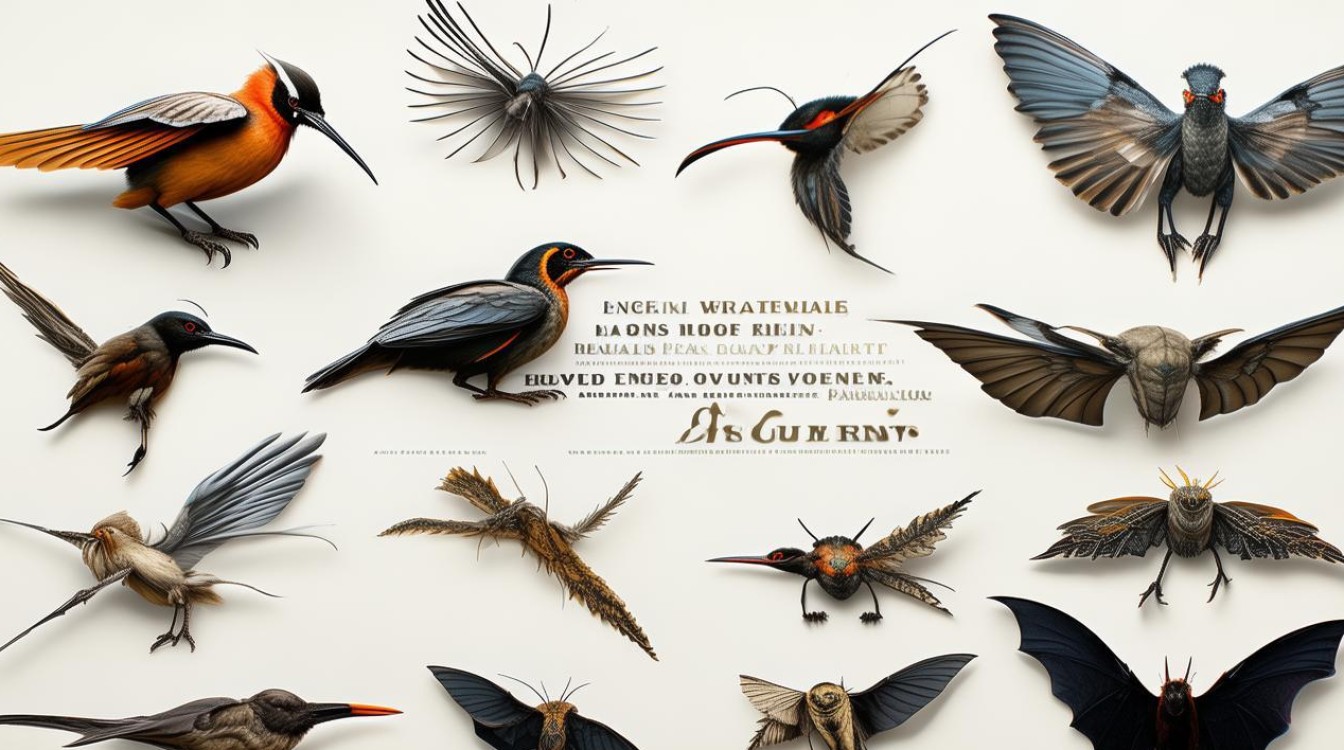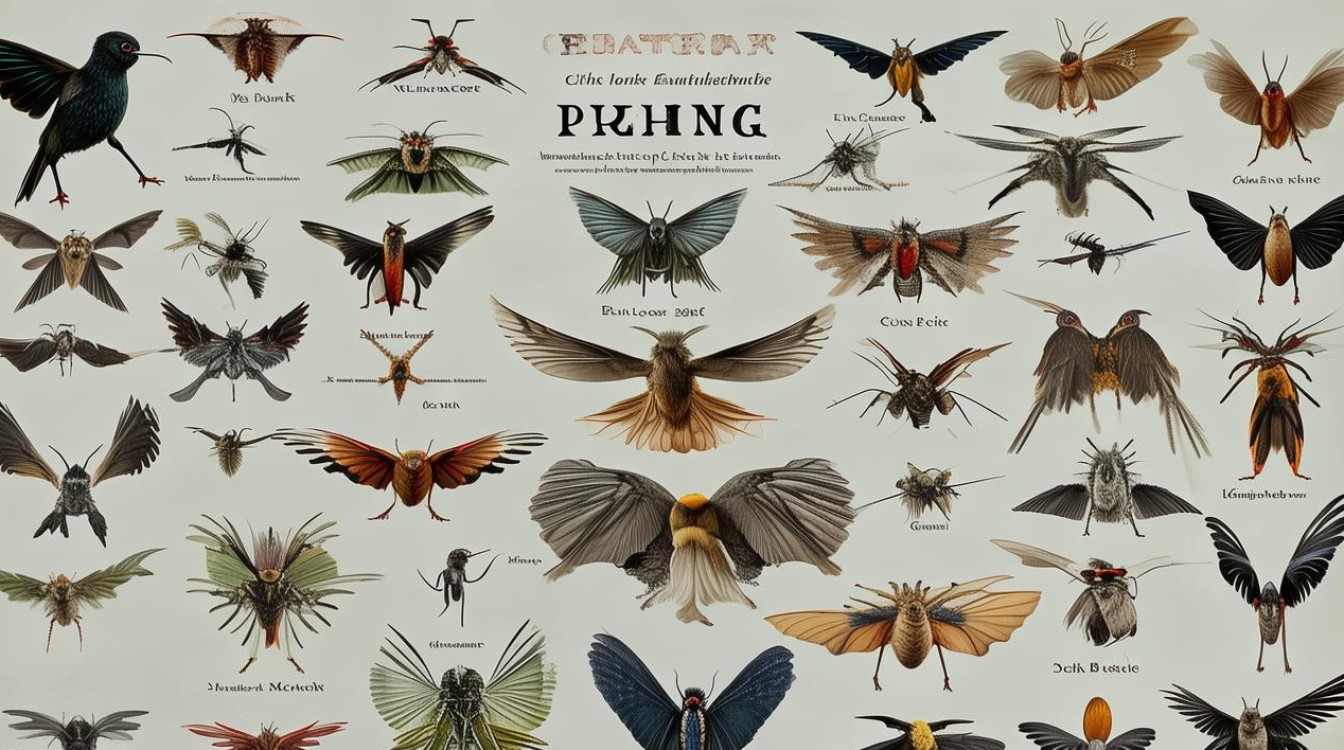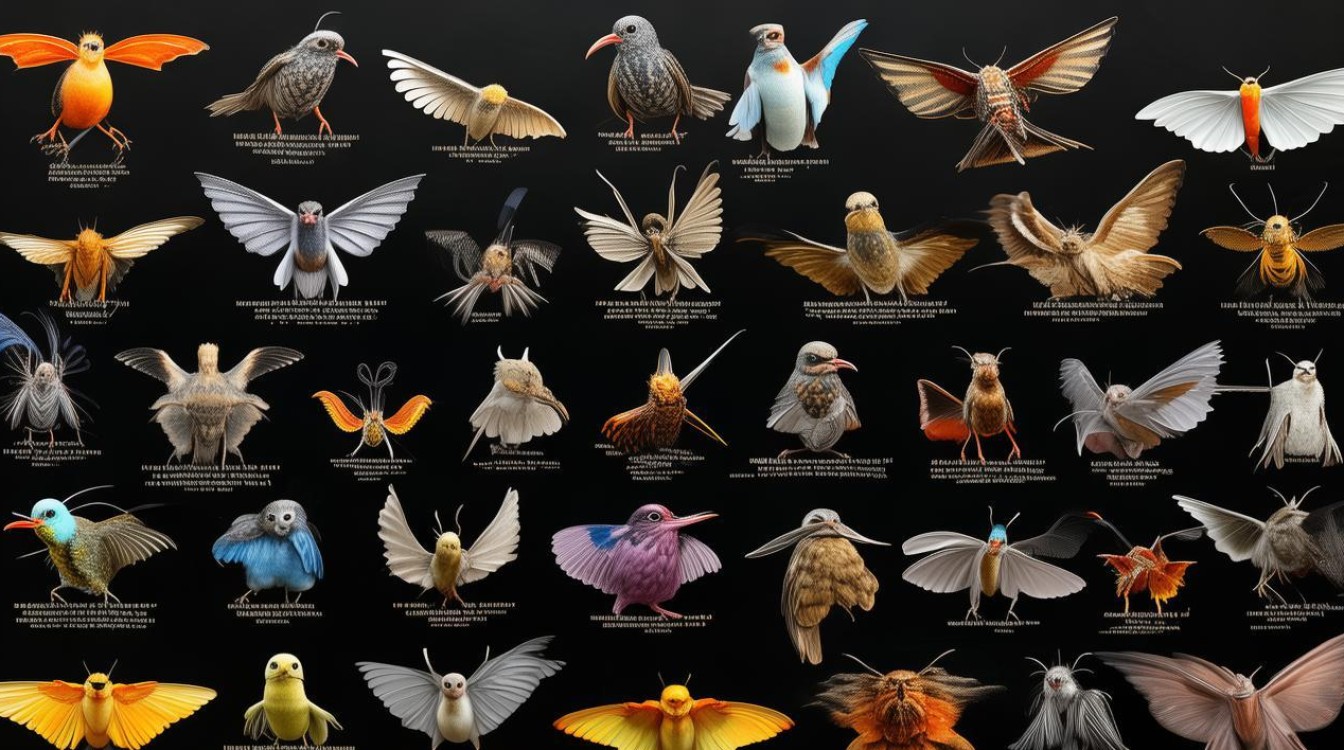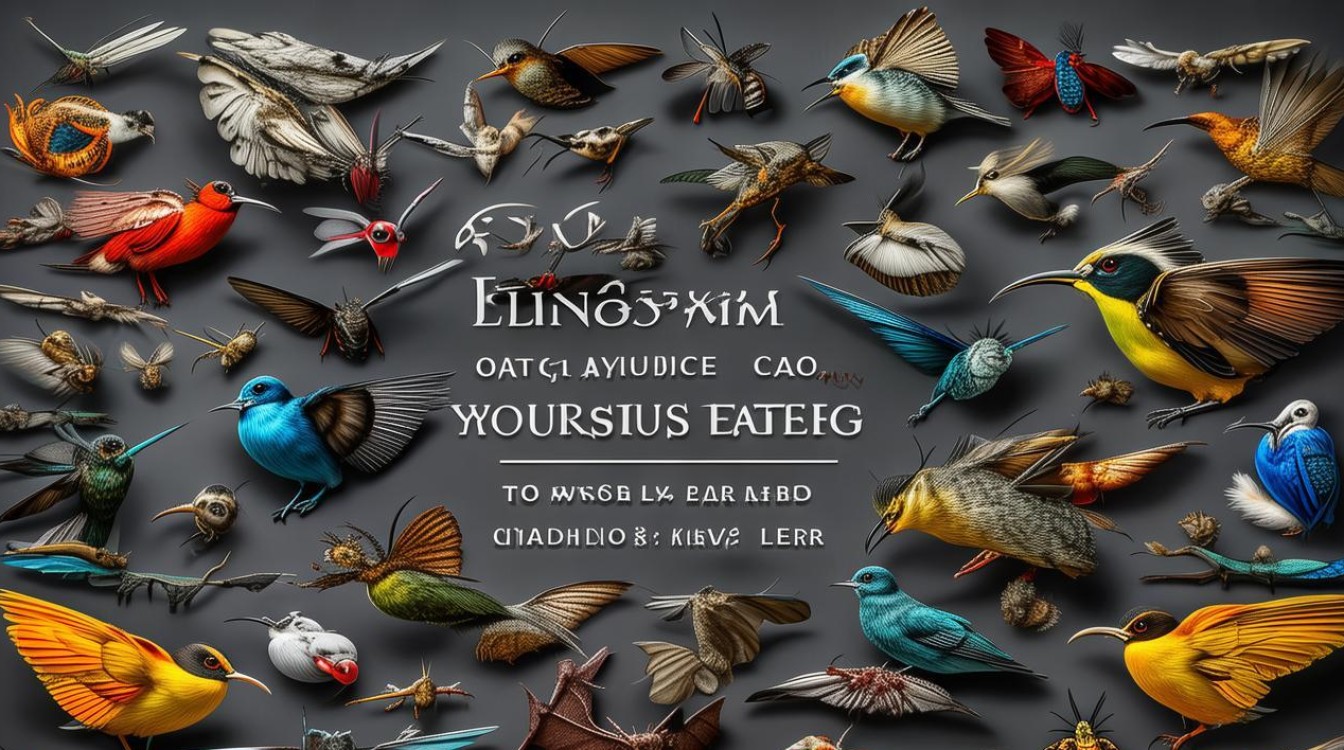From the smallest hummingbird to the mighty albatross, the animal kingdom is filled with creatures that take to the skies. Whether you're a student, a nature enthusiast, or simply curious about the English language, learning vocabulary related to flying animals can be both fascinating and useful. Below is a detailed guide to help expand your knowledge.

Birds: Masters of the Sky
Birds are the most common flying animals, and their names often reflect their unique characteristics. Here are some key terms:
- Eagle – A large bird of prey with keen eyesight and powerful wings.
- Sparrow – A small, common bird found in urban and rural areas.
- Owl – Nocturnal birds known for their silent flight and wisdom symbolism.
- Falcon – Fast-flying hunters, often used in falconry.
- Parrot – Colorful, intelligent birds capable of mimicking human speech.
- Penguin – Flightless birds adapted for swimming, though their wings resemble flippers.
Some birds are named after their behaviors or appearances:
- Hummingbird – Tiny birds that hover by rapidly flapping their wings.
- Woodpecker – Birds that peck at trees to find insects.
- Peacock – Known for their extravagant tail feathers.
Insects: Tiny Aviators
Not all flying animals have feathers—many insects are expert fliers. Here are some important terms:

- Butterfly – Colorful insects with large, delicate wings.
- Dragonfly – Fast-flying predators with long, slender bodies.
- Bee – Vital pollinators that produce honey.
- Mosquito – Small flying insects known for biting and spreading diseases.
- Moth – Nocturnal relatives of butterflies, often attracted to light.
Bats: The Only Flying Mammals
Bats are unique because they are mammals capable of sustained flight. Key terms include:
- Fruit bat – Large bats that feed on fruits and nectar.
- Vampire bat – Bats that consume blood, though only three species do so.
- Echolocation – The method bats use to navigate by emitting sound waves.
Mythical and Extinct Flying Creatures
Human imagination has created many legendary flying beings, and paleontology reveals ancient flyers:
- Dragon – Mythical, fire-breathing creatures found in folklore.
- Phoenix – A legendary bird that regenerates from its ashes.
- Pterodactyl – Prehistoric flying reptiles from the dinosaur era.
Flight-Related Verbs
To describe how these animals move, consider these verbs:

- Soar – To fly high with little effort (eagles soar).
- Flutter – Rapid, light wing movements (butterflies flutter).
- Glide – Smooth, effortless flight (albatrosses glide over oceans).
- Hover – Staying in one place mid-air (hummingbirds hover).
Idioms and Expressions
English has many phrases inspired by flying animals:
- "Free as a bird" – Completely unrestricted.
- "Night owl" – Someone who stays up late.
- "Eagle-eyed" – Extremely observant.
Understanding these terms not only improves vocabulary but also deepens appreciation for nature. Next time you see a bird in flight or a butterfly in the garden, you’ll have the perfect words to describe it.
The diversity of flying animals is a testament to evolution’s creativity. Whether studying biology, writing stories, or simply enjoying the outdoors, this vocabulary enriches communication and observation.




